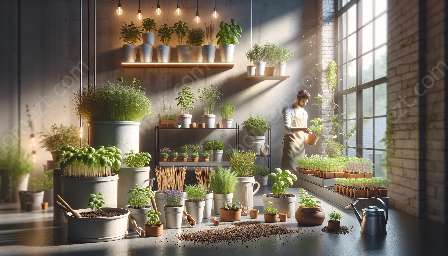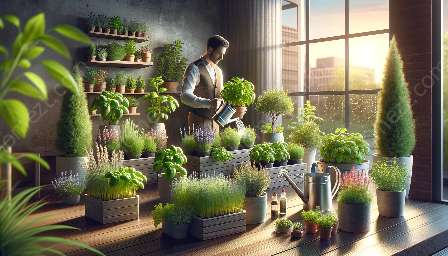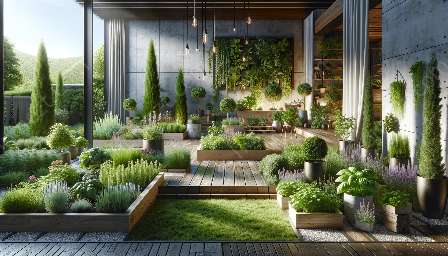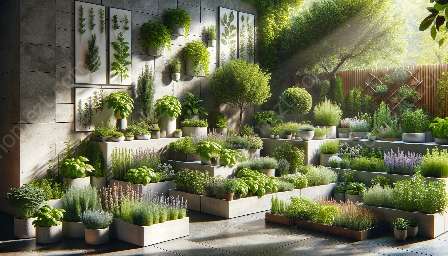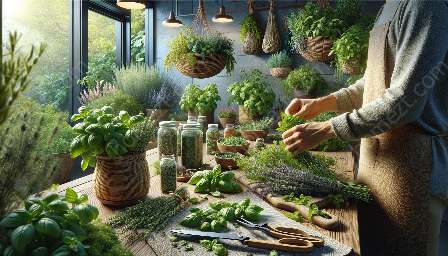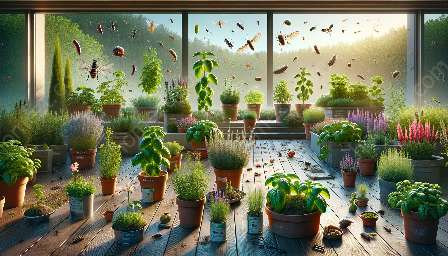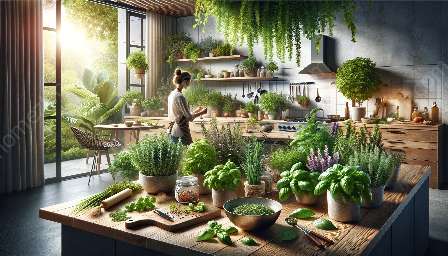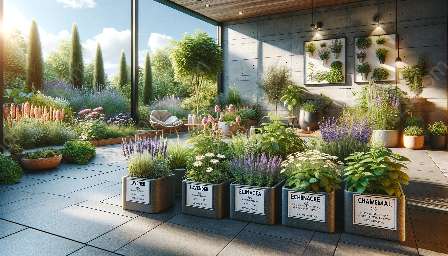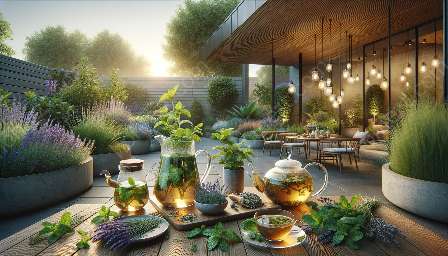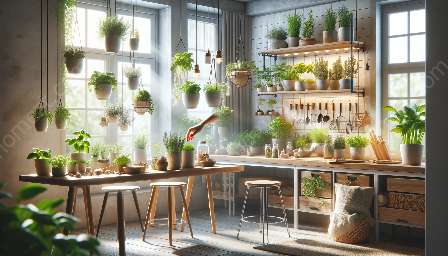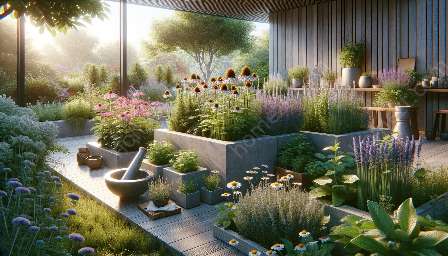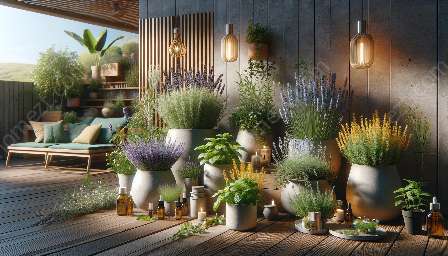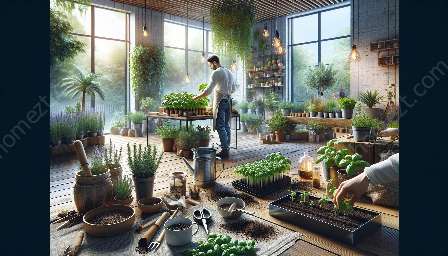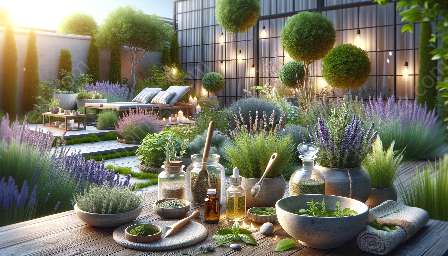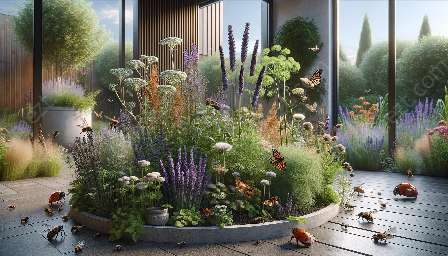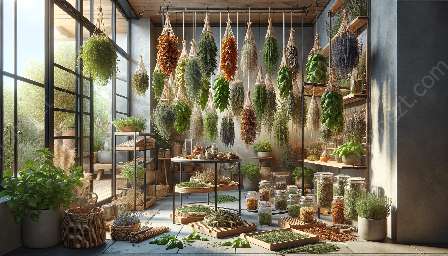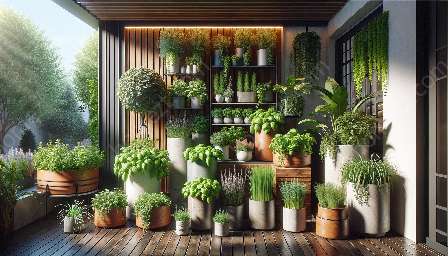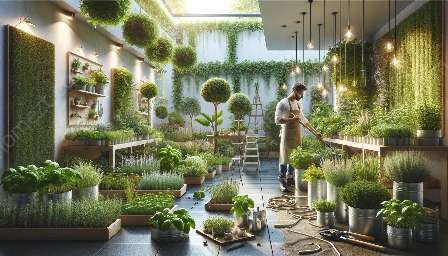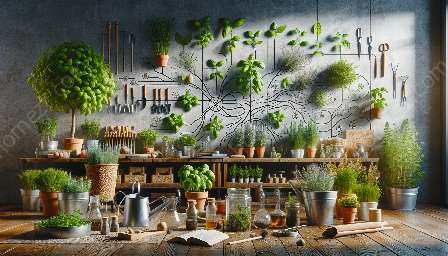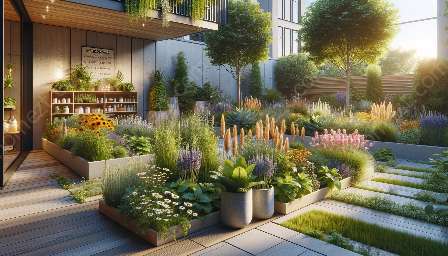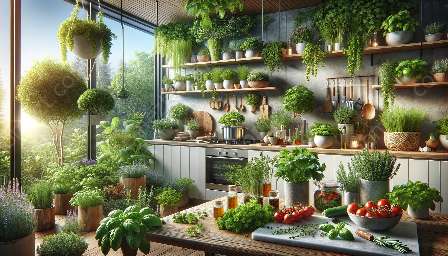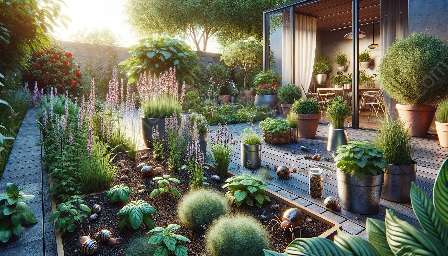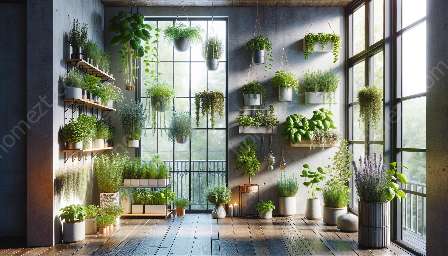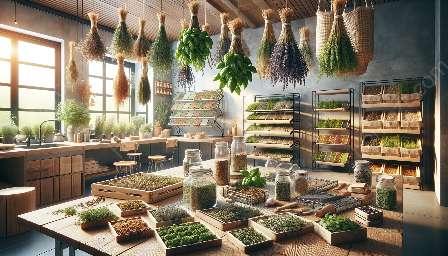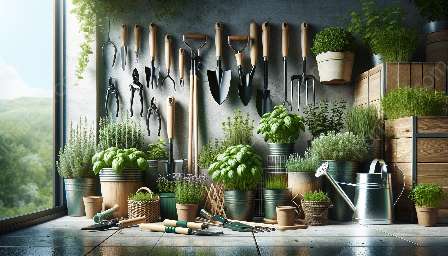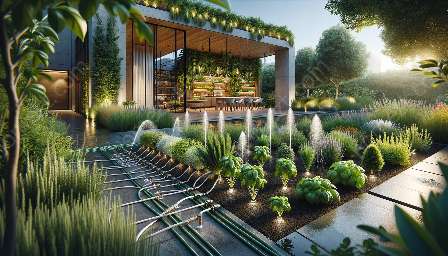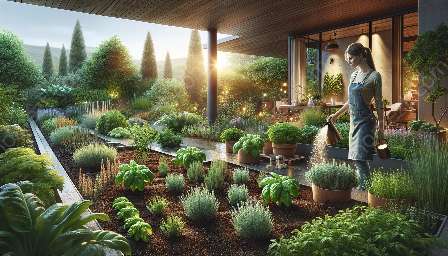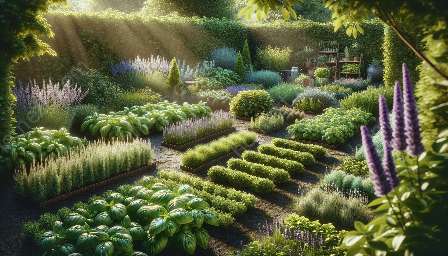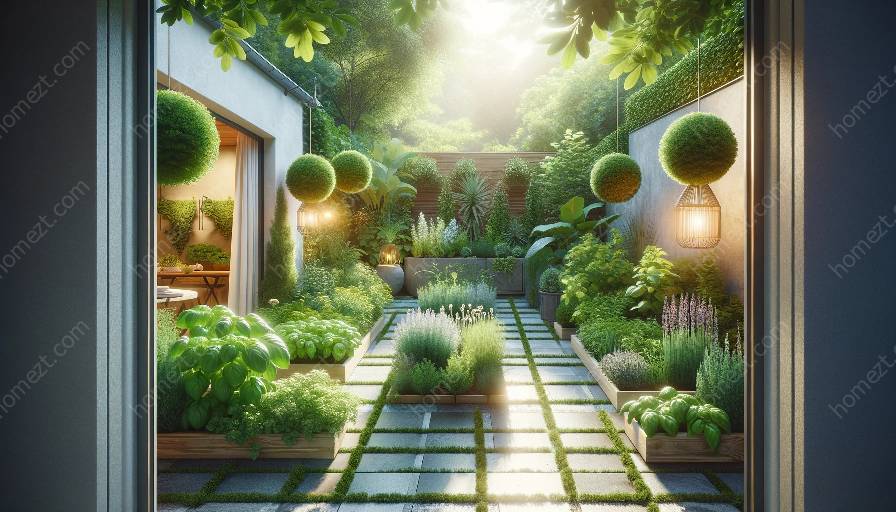Herb garden design is an exciting and creative aspect of gardening and landscaping. Creating an attractive herb garden that complements your outdoor space not only adds beauty to your surroundings but also provides you with fresh herbs for cooking and medicinal purposes. In this comprehensive guide, we'll explore the elements of herb garden design, from layout to plant selection, to help you craft a beautiful and functional herb garden that integrates seamlessly with your gardening and landscaping endeavors.
Benefits of Herb Gardens
Before delving into the specifics of herb garden design, it's essential to understand the numerous benefits of cultivating a herb garden. Beyond the convenience of having fresh herbs at your fingertips, there are several other advantages to growing your own herb garden:
- Health and Nutrition: Freshly picked herbs are rich in essential nutrients and can enhance the flavor and nutritional value of your meals.
- Therapeutic Value: Many herbs are known for their medicinal properties and can be utilized in natural remedies to promote health and well-being.
- Eco-Friendly: Growing your own herbs reduces the need for store-bought, packaged herbs, contributing to a more sustainable lifestyle.
- Low Maintenance: Herbs are generally easy to grow and maintain, making them an ideal choice for both beginner and experienced gardeners.
Designing Your Herb Garden
When planning your herb garden design, there are several factors to consider, including the layout, plant selection, and overall aesthetic. Let's explore these elements in detail.
Layout and Location
The first step in creating an attractive herb garden is determining the layout and location. Consider the following points when choosing the site for your herb garden:
- Sunlight: Most herbs thrive in full sun, so select a spot in your garden that receives at least 6-8 hours of direct sunlight each day.
- Accessibility: Position your herb garden near your kitchen or outdoor entertaining area for easy access to fresh herbs when cooking or hosting gatherings.
- Space: Determine the size of your herb garden based on the number of herbs you wish to grow and ensure there is adequate space for each plant to flourish.
Plant Selection
Choosing the right herbs for your garden is crucial to the success of your design. Consider the following factors when selecting herbs:
- Culinary Use: Select herbs that you frequently use in your cooking to ensure a readily available supply of fresh flavors.
- Climatic Suitability: Research the preferred growing conditions of each herb to ensure they are compatible with your local climate and soil type.
- Companion Planting: Some herbs benefit from being planted alongside specific companion plants, while others should be spaced apart to encourage healthy growth.
Aesthetic Appeal
While functionality is paramount, the aesthetic appeal of your herb garden should not be overlooked. Consider incorporating the following elements to enhance the visual appeal of your design:
- Edging and Borders: Define the boundaries of your herb garden with attractive edging materials, such as stones, bricks, or decorative fencing.
- Pathways and Access Points: Create pathways or access points within your herb garden using gravel, stepping stones, or mulch to allow for easy navigation and maintenance.
- Decorative Accents: Add visual interest to your herb garden with decorative elements, such as sculptures, containers, or trellises, to create a harmonious and inviting atmosphere.
Maintaining Your Herb Garden
Once your herb garden design is in place, proper maintenance is essential to ensure the health and vitality of your herbs. Consider the following tips for maintaining your herb garden:
- Watering: Provide adequate water to your herbs, ensuring the soil is consistently moist but not waterlogged.
- Pruning and Harvesting: Regularly prune your herbs to encourage new growth and prevent overcrowding. Harvest herbs frequently to prevent them from becoming overgrown and to promote continual growth.
- Fertilizing: Apply a balanced fertilizer to your herbs as needed, following the specific recommendations for each herb type.
- Weeding: Regularly remove weeds from your herb garden to prevent competition for nutrients and maintain a tidy appearance.
Conclusion
Designing an attractive and realistic herb garden is an enriching and rewarding endeavor that allows you to connect with nature while reaping the benefits of fresh herbs. By carefully considering the layout, plant selection, and maintenance of your herb garden, you can create a space that harmoniously integrates with your gardening and landscaping aspirations, providing beauty, functionality, and sustenance for years to come.



